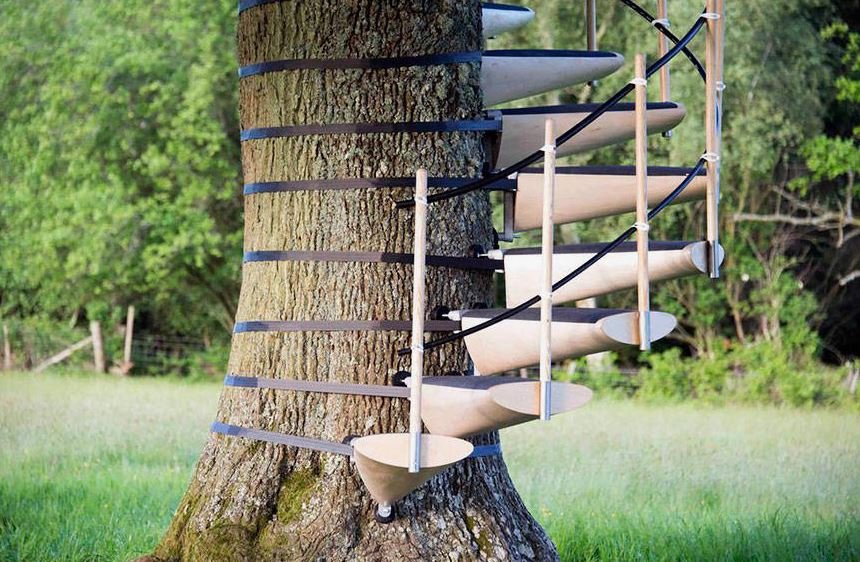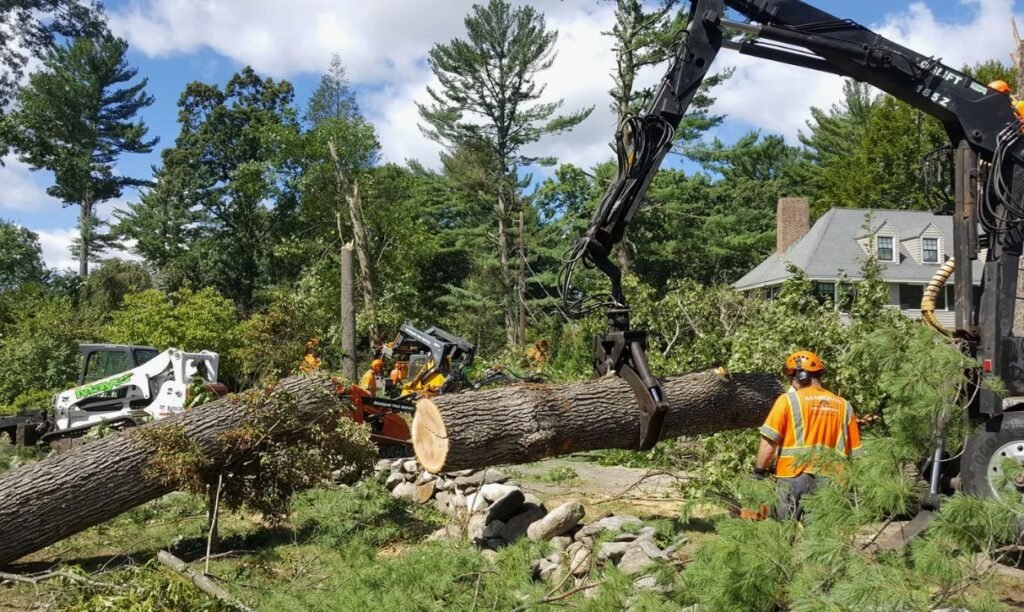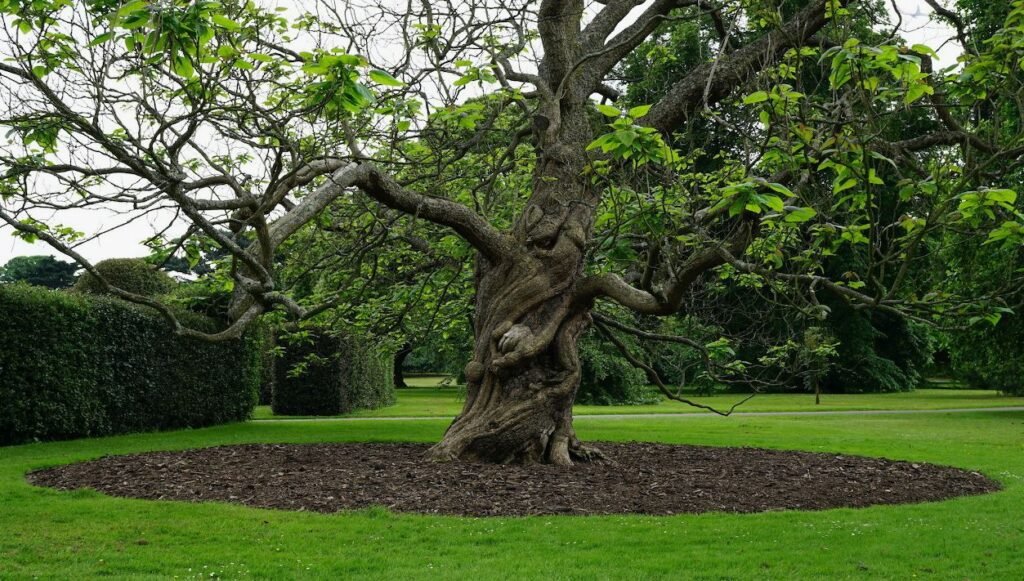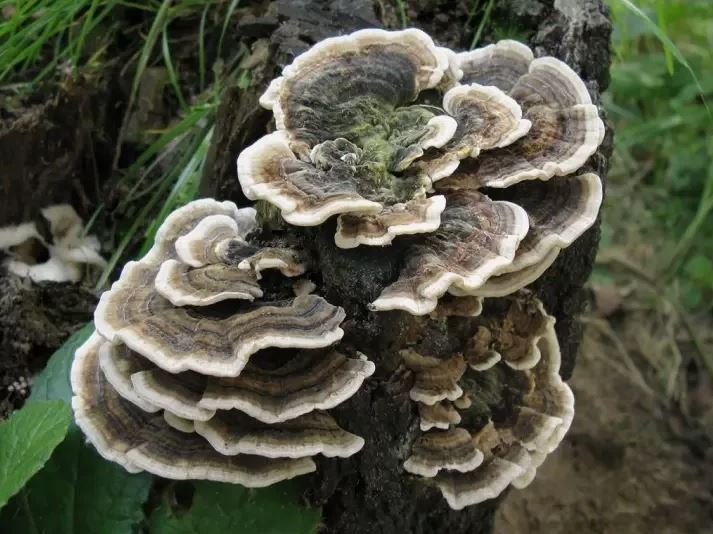The importance of mature plant health care.
Mature trees and shrubs are extremely important investments which boost property values by over ten percentage points. A plant health care regime is necessary due to the many years it takes to establish a beautiful landscape. These plants grow in constantly varying environmental and weather conditions. Routine monitoring is required since arborists can establish a problem early enough when the landscape can still be salvaged. Arborists can recognize abnormal leaf colors, hidden insects and pest invasions and can also give advice on good pruning practices and removal of weak branches that can have devastating effects when they fall.
What are the various practices in plant health care?
There are a number of practices that arborists can do when contacted early enough. It is unfortunate that most of the time arborists are called in a little too late. When contacted in a timely version the problems are easily corrected and good advice given but sometimes the problem can take years to treat. Plant health care starts with visits meant to inspect and monitor the conditions of individual plants and shrubs. Ideally mature tree should be inspected at least once every year. During inspection an experienced arborist seeks out several essential characteristics of tree vitality. These include the formation of new leaves, twig growth, leaf sizes and the absence of crown dieback.
When problems are established the expert remedies the situation through a number of ways which may include application of fertilizers, herbicide and pruning. Pruning requires experienced arborists because of the numerous risk factors that are at play. This is a practice that must be carefully considered especially where large branches are involved. The risk of personal and tree injury, damage of the client’s property must be eliminated by use of good techniques. Pruning offers a number of benefits to the tree which include improving the structure of the tree, removal of excessively insect infested branches and the enhancement of the overall plant vitality.
Another critical remedial practice is the management of the soils. Nutrient deficiency often leads to disease and insect problems. Soil samples can be taken to establish the missing nutrients especially in urban landscapes where soil aeration drainage and pH levels are a common issue.
Watering of mature plants is recommended during times of prolonged drought. The watering regime should be repeated every 2- 3 wees and enough water should be provided until the top 30 or so centimeters are completely soaked. Mulching helps reduce evaporation of the water at the base of the tree among other benefits. Therefore, mulching is also a critical mature plant health care practice. Mulching prevent the growth of weed at the plant base hence alleviating competition for the nutrients in the soil. The mulch when composed of decomposing plant matter adds to the nutritional value of the soil.
Tree removal is often the last resort in the plant health care practices. Experienced arborists are called upon to remove a tree when it is considered beyond remedy to a point where it poses danger to other plants in the landscape. Removal of a tree is also necessary in a location earmarked for construction works.
Costs and benefits of plant health care.
There are numerous benefits that come with a healthy landscape. A healthy landscape translates the benefits to the human beings that live within the surroundings. These benefits include good health from stress relieving insect free shades that the healthy trees provide. Plant health care keeps the plants or the trees in their naturally intended states which maintains their natural beauty and colors which in turn radiate on the environment. There are a number of ways a property owner can protect the plants through arborists. It is necessary to note that poorly maintained trees are a liability to a property owner.
Plant health care practices vary from one landscape to the other. Costs are often tailored according to the needs of the landscape and the arrangement a client gets into with his/her arborist. Customized packages are often available where a client can put a number of trees or the entire landscape under a program. A comprehensive plan is beneficial since the client does not have to worry anymore about all the practices mentioned above.




